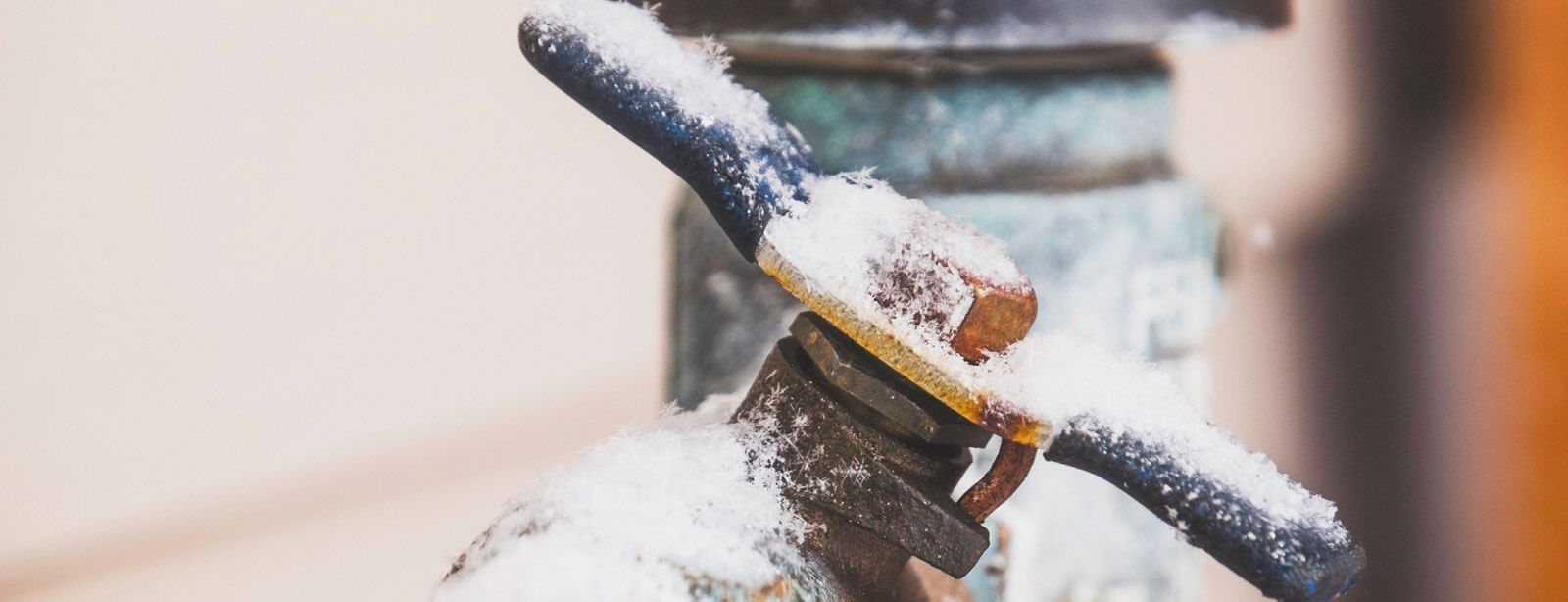Tips to Protect Pipes from Freezing Damage: Crucial Advice
Tips to Protect Pipes from Freezing Damage: Crucial Advice
Blog Article
They are making several good pointers related to How to Prevent Your Pipes From Freezing in general in the content followed below.

Cold weather can damage your pipes, especially by freezing pipelines. Here's exactly how to prevent it from happening and what to do if it does.
Intro
As temperatures decrease, the danger of frozen pipelines increases, potentially bring about costly fixings and water damages. Recognizing exactly how to avoid icy pipes is crucial for home owners in chilly environments.
Understanding Frozen Pipes
What triggers pipelines to freeze?
Pipes freeze when exposed to temperature levels below 32 ° F (0 ° C) for prolonged periods. As water inside the pipes ices up, it increases, taxing the pipe wall surfaces and possibly causing them to break.
Dangers and damages
Icy pipes can lead to water supply interruptions, building damage, and pricey repair work. Burst pipelines can flooding homes and cause considerable structural damages.
Indicators of Frozen Pipeline
Determining icy pipes early can avoid them from breaking.
Exactly how to identify frozen pipelines
Search for lowered water flow from faucets, unusual smells or sounds from pipelines, and noticeable frost on subjected pipes.
Avoidance Tips
Shielding at risk pipelines
Wrap pipelines in insulation sleeves or use warmth tape to protect them from freezing temperature levels. Concentrate on pipes in unheated or outside locations of the home.
Heating strategies
Maintain interior spaces sufficiently heated up, especially locations with plumbing. Open up cupboard doors to allow cozy air to circulate around pipelines under sinks.
Securing Outdoor Pipes
Garden tubes and exterior taps
Separate and drain pipes garden tubes prior to winter season. Install frost-proof spigots or cover exterior taps with insulated caps.
What to Do If Your Pipes Freeze
Immediate activities to take
If you believe frozen pipelines, keep faucets available to alleviate stress as the ice thaws. Make use of a hairdryer or towels taken in warm water to thaw pipelines slowly.
Long-Term Solutions
Structural modifications
Think about rerouting pipelines away from exterior walls or unheated areas. Include added insulation to attic rooms, basements, and crawl spaces.
Updating insulation
Invest in high-quality insulation for pipes, attics, and wall surfaces. Proper insulation assists maintain constant temperature levels and minimizes the threat of icy pipes.
Verdict
Protecting against frozen pipelines needs proactive procedures and quick feedbacks. By recognizing the causes, indicators, and preventive measures, homeowners can shield their plumbing throughout winter.
5 Ways to Prevent Frozen Pipes
Drain Outdoor Faucets and Disconnect Hoses
First, close the shut-off valve that controls the flow of water in the pipe to your outdoor faucet. Then, head outside to disconnect and drain your hose and open the outdoor faucet to allow the water to completely drain out of the line. Turn off the faucet when done. Finally, head back to the shut-off valve and drain the remaining water inside the pipe into a bucket or container. Additionally, if you have a home irrigation system, you should consider hiring an expert to clear the system of water each year.
Insulate Pipes
One of the best and most cost-effective methods for preventing frozen water pipes is to wrap your pipes with insulation. This is especially important for areas in your home that aren’t exposed to heat, such as an attic. We suggest using foam sleeves, which can typically be found at your local hardware store.
Keep Heat Running at 65
Your pipes are located inside your walls, and the temperature there is much colder than the rest of the house. To prevent your pipes from freezing, The Insurance Information Institute suggests that you keep your home heated to at least 65 degrees, even when traveling. You may want to invest in smart devices that can keep an eye on the temperature in your home while you’re away.
Leave Water Dripping
Moving water — even a small trickle — can prevent ice from forming inside your pipes. When freezing temps are imminent, start a drip of water from all faucets that serve exposed pipes. Leaving a few faucets running will also help relieve pressure inside the pipes and help prevent a rupture if the water inside freezes.
Open Cupboard Doors
Warm your kitchen and bathroom pipes by opening cupboards and vanities. You should also leave your interior doors ajar to help warm air circulate evenly throughout your home.

As an enthusiastic person who reads about Helpful Tips to Prevent Frozen Pipes this Winter, I think sharing that excerpt was beneficial. Do you know anybody else who is fascinated by the subject? Why not share it. Thanks for being here. Kindly come by our site back soon.
Schedule A Service Call Report this page